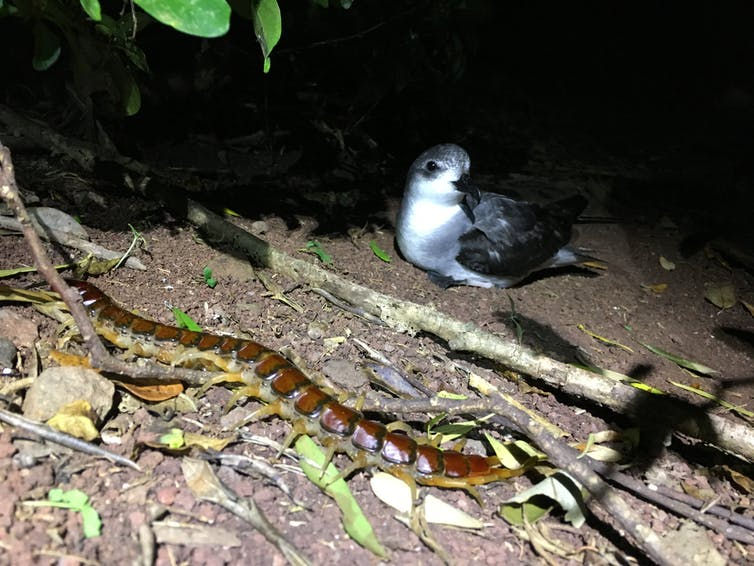Balancing Norfolk Island ecosystem management: rodent control and avian conservation
- pelagicclarkelab
- Dec 17, 2024
- 2 min read
Conservation efforts on Norfolk Island have revealed a complex ecological challenge: rodent control vital for the protection of native songbirds may pose a serious threat to the critically endangered Norfolk Island Morepork Ninox novaeseelandiae undulata, of which only 25-35 individuals remain.

A recent analysis of regurgitated pellets and faeces from seven moreporks was led by Research, Ecology, Conservation group member Dr. Flossy Sperring. Visual examination and eDNA screening confirmed that all individuals had recently consumed rodents, with at least 1/3 of the samples containing rodent remains, thus suggesting a heavier reliance on rodent prey than previously anticipated.
In small, isolated island ecosystems, the introduction of invasive species can often be disastrous for local biodiversity. Rodent species are particularly notorious for the havoc they can wreak in naïve ecosystems, having been implicated in the decline of at least 400 threatened species and 30% of bird, mammal and reptile extinctions worldwide. On Norfolk Island alone, rodents are the primary cause of nest failure for all five endemic songbirds, as they are known to prey on eggs and chicks.
The necessity of managing (and where possible, eradicating) such rodent populations is therefore evident. Effective rodent control typically relies on highly toxic second-generation rodenticides, where a single bait is sufficient to achieve a lethal effect. However, these toxins persist in the rodents’ tissues well after their death, and can inadvertently result in the subsequent poisoning of predators or scavengers who consume the deceased prey (secondary poisoning). While less toxic first-generation rodenticides remain an alternative, they are less effective, as multiple baits need to be consumed to ensure lethality.
The findings of this study underscore the necessity of ensuring that conservation measures implemented to safeguard one endangered species do not inadvertently harm others. At Norfolk Island, some mitigation strategies are already in place to this effect: the strict use of first-generation rodenticides during the morepork breeding season, reduced quantity and toxicity of second-generation baits outside this period, and the trialling of non-toxic control methods (e.g. traps).
However, continued efforts are vital in order to develop effective baiting regimes and non-toxic alternatives that minimise risk to non-target species.




Comments